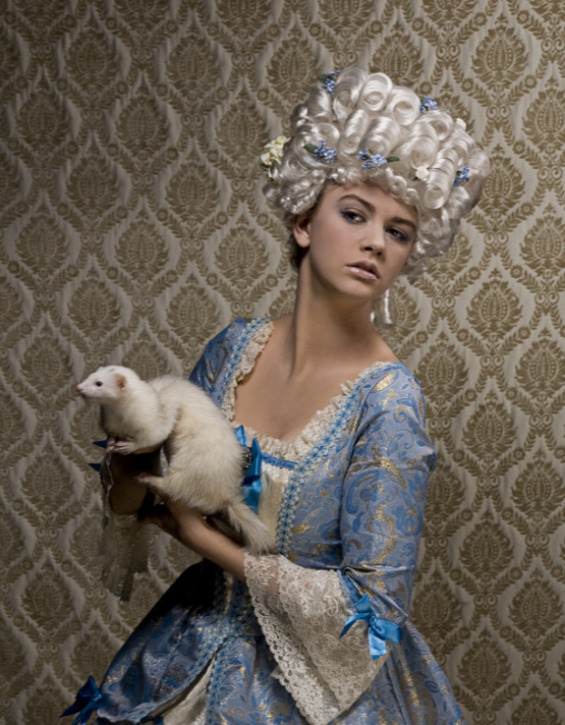On an Island Being the Change You Wish to See in the World
 Wednesday, December 11, 2013 at 12:00PM
Wednesday, December 11, 2013 at 12:00PM Winner, Experiences
Meghan Ruck, Ross
Ross University’s School of Veterinary Medicine’s Josh Project chapter has a very unique opportunity here in St. Kitts. We are given the chance to personally visit the children that are receiving care in the Joseph N. France General Hospital’s pediatric ward and impact their lives directly. Each of our “Josh Kit” donation visits to the hospital comes with its own set of memories and emotions.
When we give each child their “Josh Kit” for the first time, it is truly heart-warming to see their eyes light up and a huge smile flash across their face as they are introduce to their new friend “Josh”, the plush toy Golden Retriever. It’s a special connection that you make in those moments; one that you feel when they trustingly place their hand in your hand to walk with them down the ward hall to the play/reading room for story time.
I’ve been so blessed to be able to soak up these beautiful moments for over two years now as I’ve done everything in my power in making sure that these opportunities remain possible for our Josh Project chapter, allowing us to continue to impact the lives of the children here in St. Kitts.  My role has been much like that of a symphony conductor, being responsible for communicating, leading, and guiding an orchestra of performers; together we create music. By successfully unifying many amazing “performers” across the RUSVM and St. Kitts communities, as a partnership, we have been successful every semester in executing our fundraising events (Josh Project Coin Fundraiser, Josh Project Cook Off, RUSVM fleece sale, etc.) that fuel our abilities.
My role has been much like that of a symphony conductor, being responsible for communicating, leading, and guiding an orchestra of performers; together we create music. By successfully unifying many amazing “performers” across the RUSVM and St. Kitts communities, as a partnership, we have been successful every semester in executing our fundraising events (Josh Project Coin Fundraiser, Josh Project Cook Off, RUSVM fleece sale, etc.) that fuel our abilities.
It was these very partnerships that brought us to one of Josh Project’s greatest achievements.
 Josh Project,
Josh Project,  ross university in
ross university in  Experiences
Experiences 


